Flowers are so incredibly delicate and pretty, and so many people make them look super easy to draw. But if you’ve ever tried, you’ll know that they’re not! It is really hard sometimes to get the proportions right, and there’s a fine line between making them look unique rather than just misshapen.
In this blog I will talk you through how to draw three different flowers. If you’re struggling, don’t worry! I have included a printable of a floral illustration containing all three flowers for you to print, trace and/or stick in your journal.
Recommended Supplies:
- Archer and Olive Journal/Sketchbook – The lovely and thick pages have no bleeding or ghosting, so you get a clean start for every spread/drawing! Also, it means you can decorate the drawing without worrying about it.
- Pencil – To carefully plan out your ideas so you can make sure your spread has everything you need.
- Fineliners – My favourites are the Unipin fineliners as they’re waterproof, affordable and have a strong nib.
- Decorative Touch (optional) – If you want to colour your floral, you could use anything you’re comfortable with including watercolour, pencils or markers.
Autumn Aster
This flower is really pretty, but also nice and simple for a beginner. This is because the flower is made up of one shape - long, oval petals. Also, they don’t have to be perfect it looks really nice when some of the petals are thinner or thicker.
Autumn Aster Tutorial
Step 1: Shape
The first thing to do for almost any flower is to create two circles in pencil: one small circle for the middle of the flower, and a larger circle where the tips of the flower petals will end. Depending where you place the middle circle you can change the shape of the flower, making it more or less symmetric. I really like putting the middle of the flower off-centre to make the flower look like it’s on it’s side.
Step 2: Front Petals
Still working in pencil, sketch in your first layer of petals. Even them out across the whole circle, and at this point they don’t have to be overlapping or touching.
Step 3: Background Petals
Next add more petals (again in pencil, making it look like they are behind the other ones by overlapping them with the front petals. It’s nice to stagger how long the petals are here, making some bigger and some smaller than the petals at the front.
Step 4: Inking
And fill it in with pen! Be careful on the petals are staggered that you don’t accidently draw through another petal. I also like to stipple the middle of the petal to get a nice textured effect.
Step 5: Shading
For shading, all I have done is add two or three lines up each petal. I like the middle line to be the longest; with two shorter ones either side. For petals that are behind other petals, I added a few more lines near the inside of the petal to create a shadowed/3D effect.
Daffodil
Another popular flower is the daffodil. These are actually one of my favourite flowers, and they’re not too hard to draw! Here it is broken into simple steps.
Daffodil Tutorial
Step 1a: Flower Shape
Again, we want to sketch in two circles in pencil. This time we want the inner circle to be a bit bigger!
Step 1b: Petal Shape
Then, we want to draw three lines through the circle to make six equal sections. This doesn’t have to be perfect! These are guidelines for the petals.
Step Two: Petals
Now sketch the petals in each section. Daffodil petals come to a smooth point.
Step Three: Corona
The middle of the flower (called the corona) extends out of the flower. To create these draw a shaky circle around your guideline. We will create the 3D effect in the shading section. If you have drawn your daffodil on it’s side, you will also have to connect the circle to the centre of the petals at the diameter of the shaky circle.
Step Four: Stigma
I don’t know why, but I find these the most fun to draw! The stigma’s are the parts that come out of the middle of the corona. I like to make five or six of these coming out at different directions.
Step Five: Inking
Start with the corona, and be careful not to overlap the petals over it.
Step Six: Shading
The shading for the petals is again nice and simple. To create some texture in them add four-six lines up the petal, with the longest line being in the middle. For the Corona, to make it look wavy add lines from each side of every curve towards the middle point of the flower/corona.
Simple Poinsettia
The shape of these flowers is so gorgeous! I just love the pointy, layered petals. In this tutorial I have focused more on the shape of the flower than the shading as it can be quite time consuming. So this is a simple version.
Simple Poinsettia
Step 1a: Flower Shape
For this flower, we want to make three circles. One small one for the centre, one at least three times bigger for the first layer of petals, and one just a bit bigger than that for the second layer of petals.
Step 1b: Petal Shape
I like to have seven petals on each layer, but you can always do more/less than this. Just split the second biggest circle into the amount of sections correlating to the amount of petals you want.
Step 2: First Layer Of Petals
These petals are much pointier than the daffodil. They are also pointy where they attach to the middle of the flower, so for this petal you want to create almost a diamond shape, but with the long sides smooth. I try to make sure the inside petals are not touching so you can see the next layer through these petals.
Step 3: Second Layer Of Petals
These petals want to go directly in the middle of two petals on the inside layer. Don’t worry about how they attach to the middle of the flower as we are going to shade this section.
Step 4: Inking
Start from the middle and work out, again being careful to layer the petals correctly as you pencil them in.
Step 5: Shading
To make this flower simple, I just added some simple line shading. I did darker shading for the petals on the back layer near the centre of the flower to create shadow and a 3D effect. If you wanted to you could add a more detailed pattern with thin lines to make it more like a true Poinsettia.
Putting Them Together
Now you know how to make each of these flowers, put them all together to make a nice floral arrangement like this:

To do this, it’s important to draw everything in pencil first. I then like to draw the flowers first that I want to be at the front. If you want the flower to be behind one, but in front of another flower, I find it really helpful to erase the lines of the petals you don’t need. Just be very mindful as you’re inking to check which flowers you want to overlap others.
Floral Spread Inspiration
If you found this fun, go on to use these techniques on pictures of other flowers you want to draw! Remember to sketch the loose shape, define the petal placement, decide what’s overlapping what and ink! Here are some of the floral spreads I went on to make in my journal with these techniques:
Cover Page

Using the layering technique!
Header

By writing over the floral arrangement I was able to make a really pretty header.
Future Logs

This is a fun way to learn new flowers by creating a future log with each birth flower for each month.
Download this print
Hopefully I’ve given you some help and inspiration to start drawing flowers! And if I have, I would love to see your spreads, so tag me on Instagram (@hayleyremdeart) and use #hayleyremdeinspired to get the chance to get your creations featured in my stories!

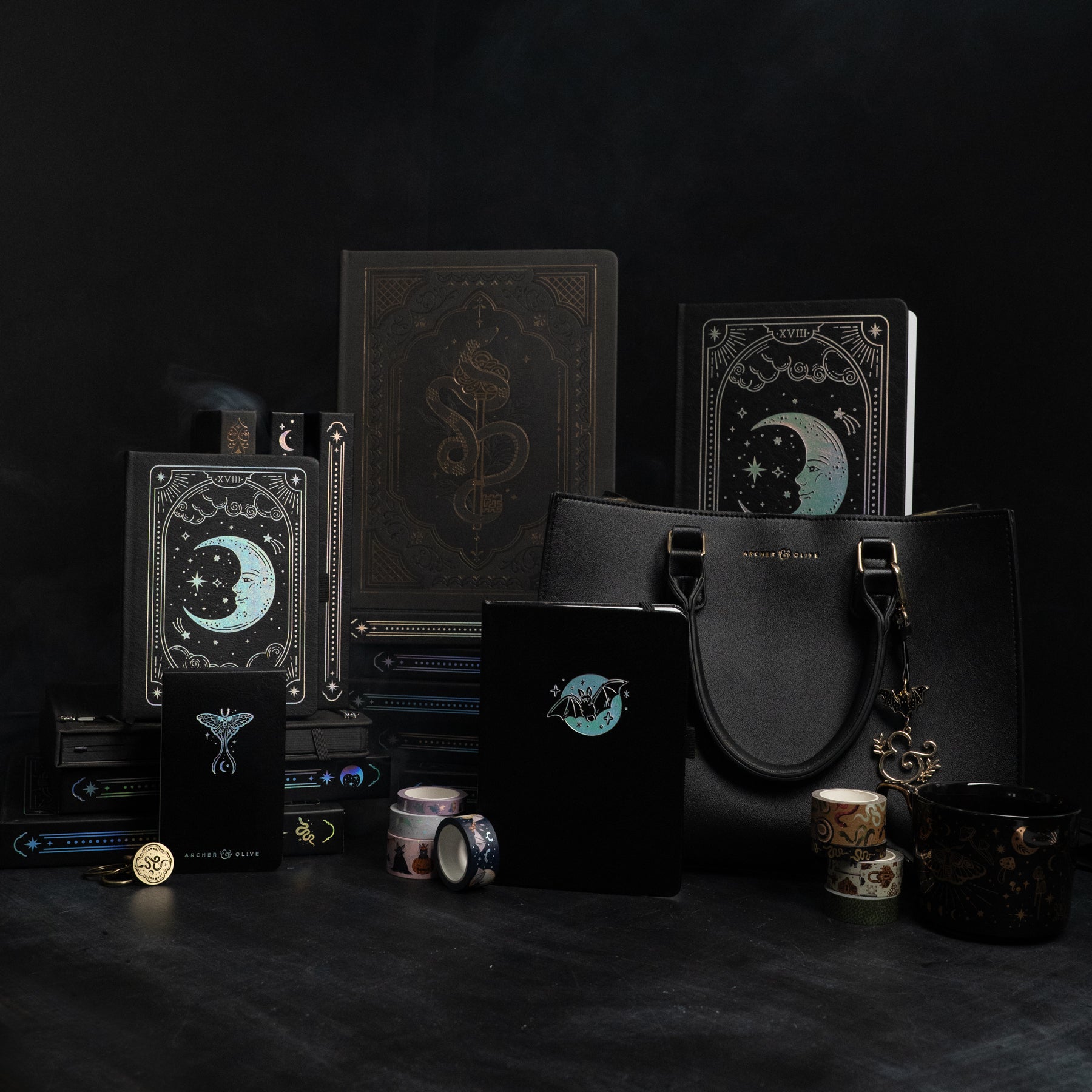
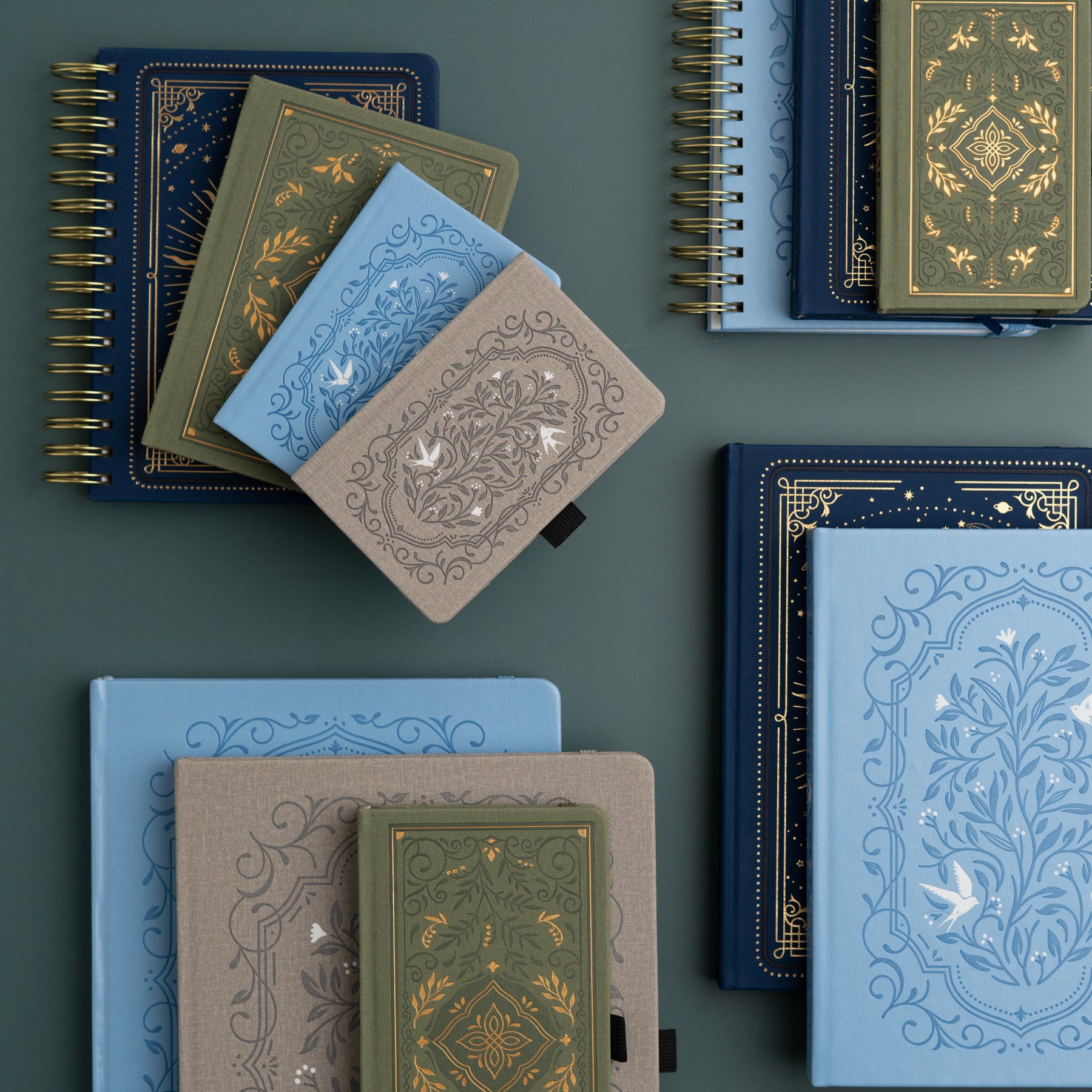


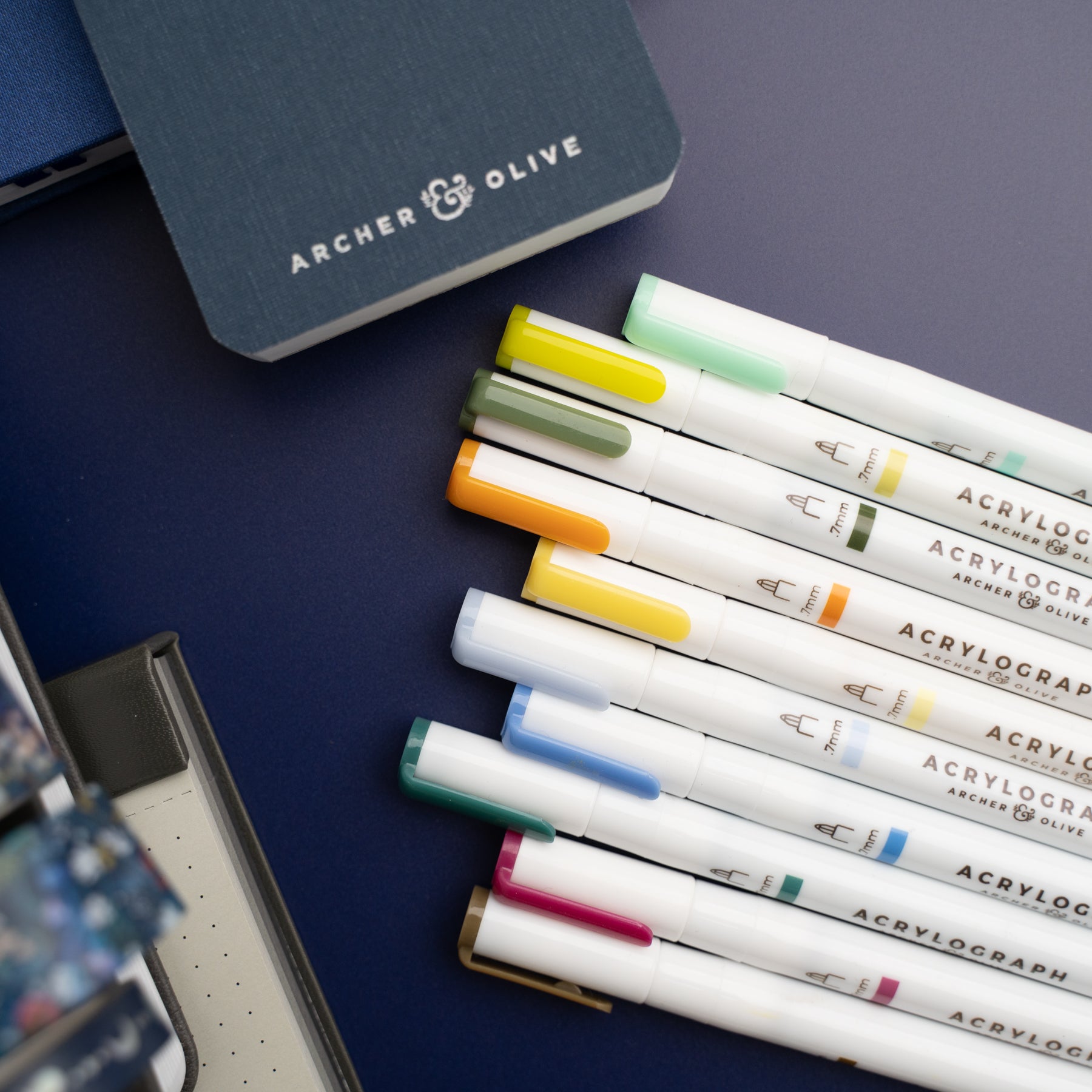
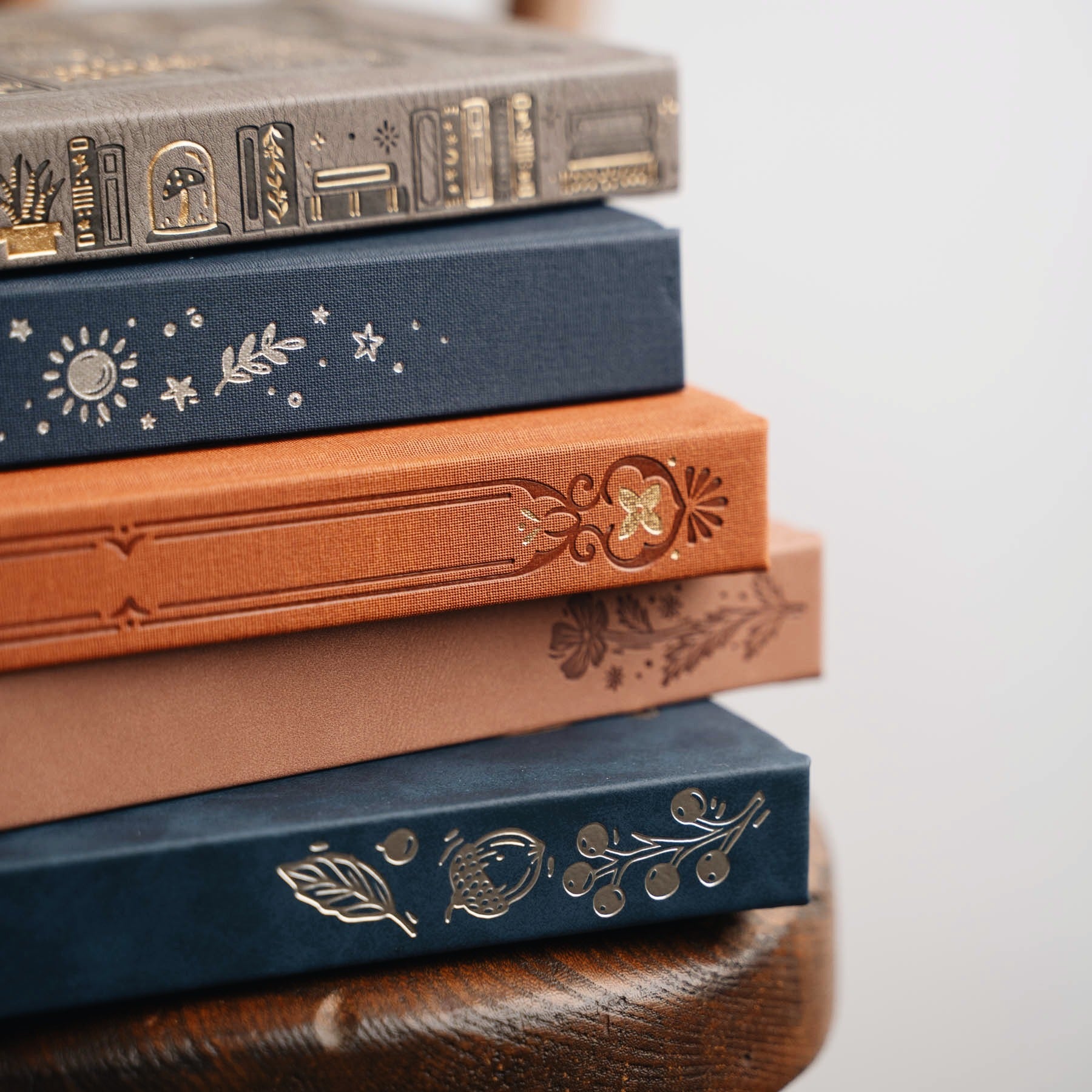

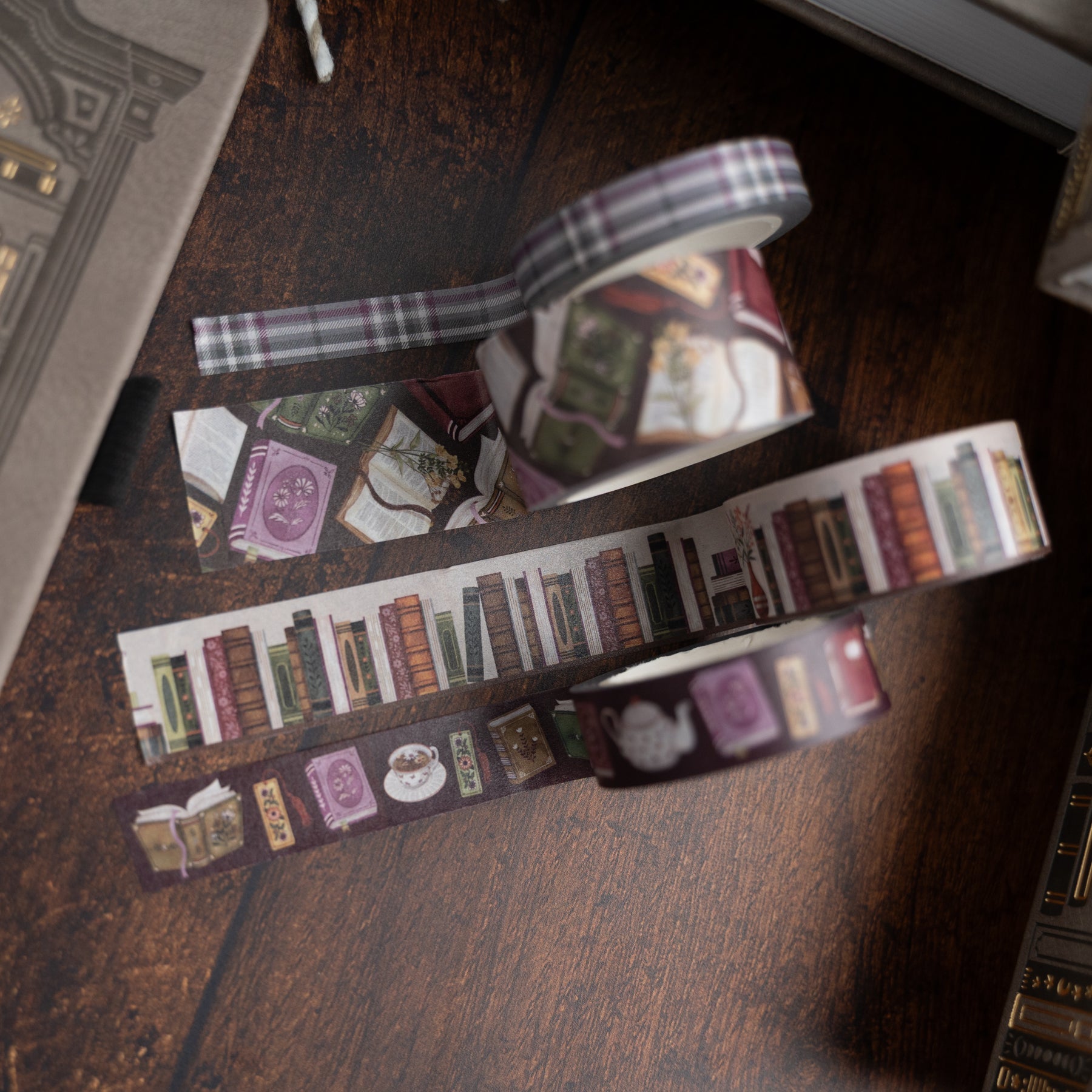
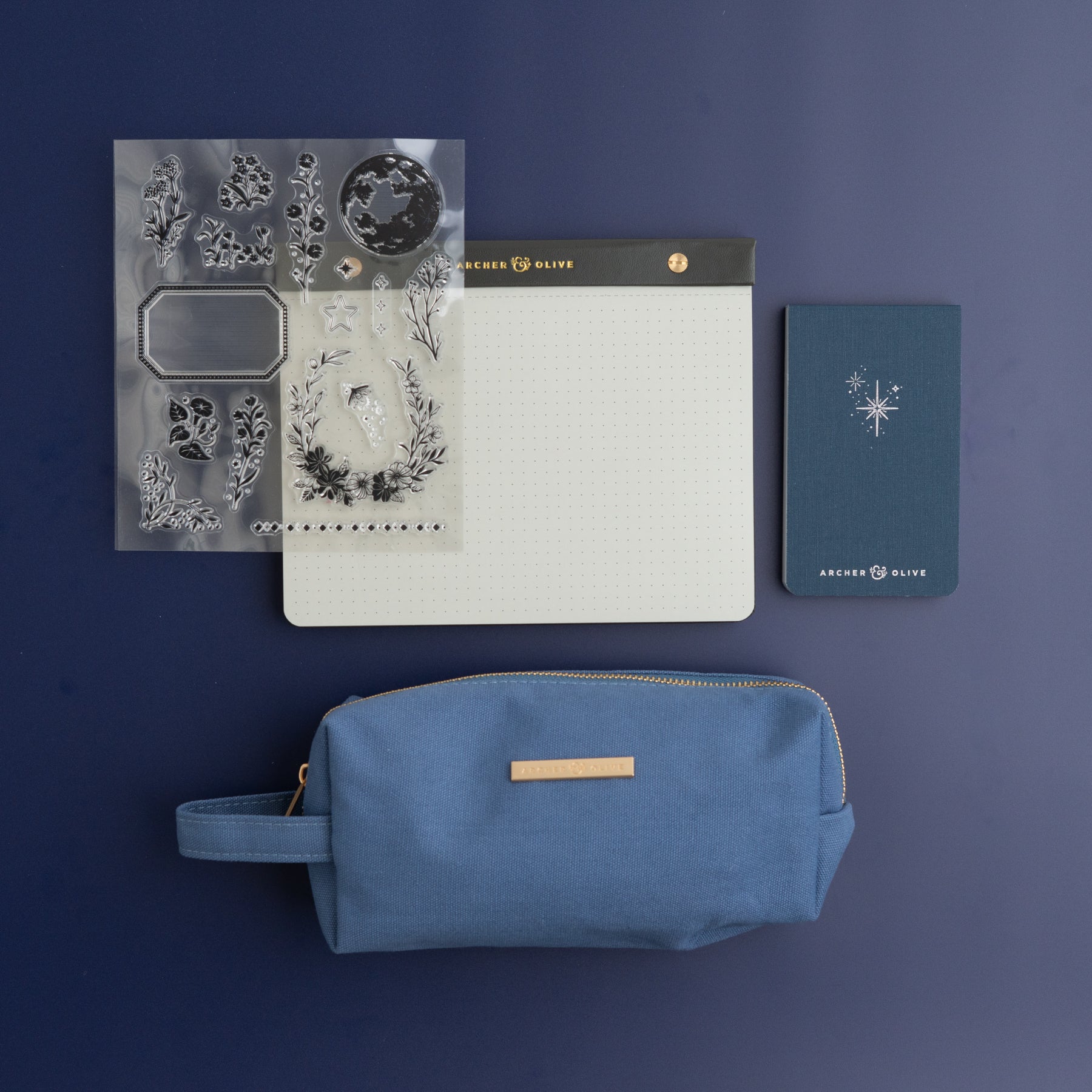
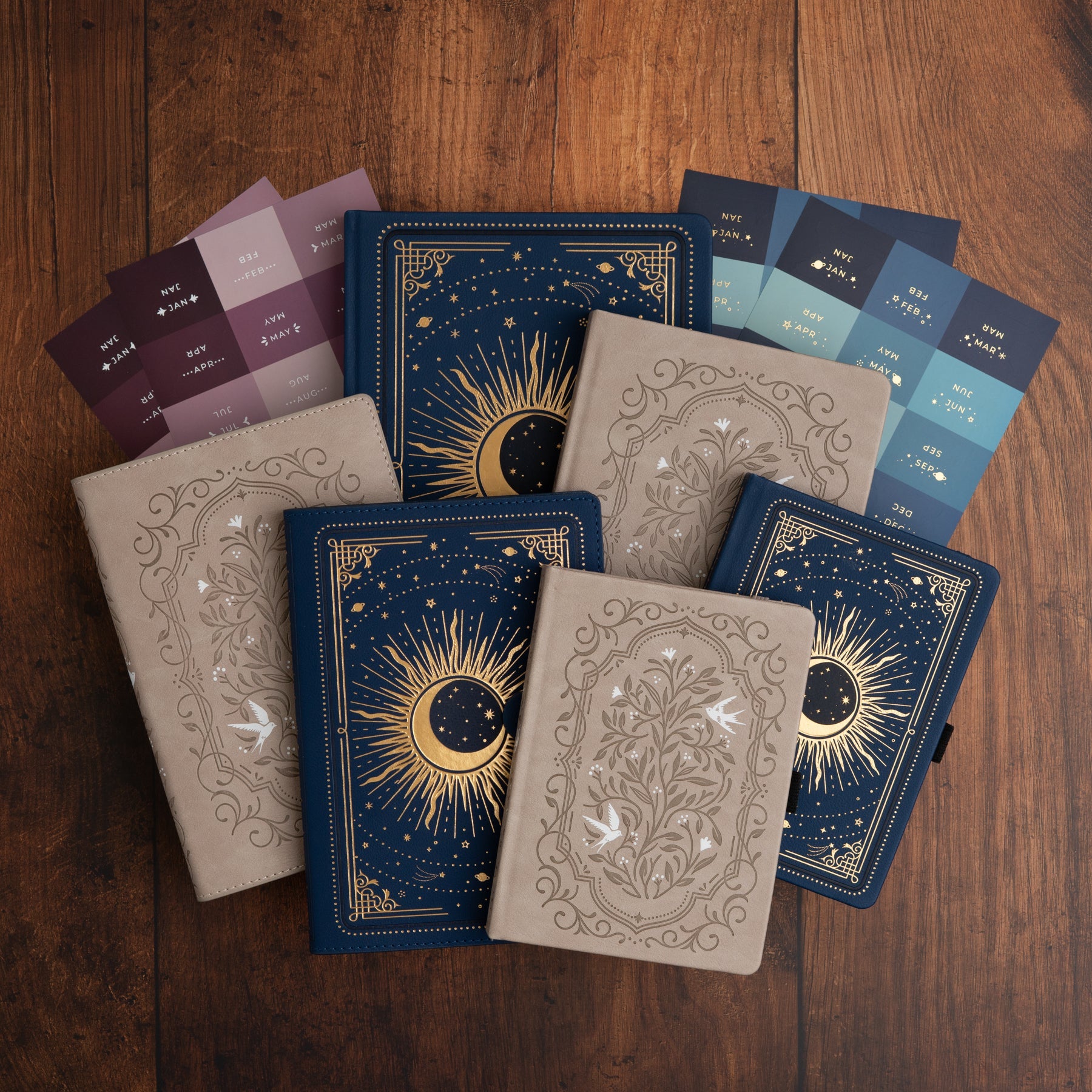
0 comments